Originally posted by Dominae
Vel, why did you uprgrade your Jags to City Raider (+20% City Attack) instead of Cover (+25% vs. Archers)? Since you were only fighting Archers the whole time, that would have been an extra 5% to each of your attacks...
Vel, why did you uprgrade your Jags to City Raider (+20% City Attack) instead of Cover (+25% vs. Archers)? Since you were only fighting Archers the whole time, that would have been an extra 5% to each of your attacks...
City Raider II is +25%, and City Raider III is +30% and +10% vs. gunpowder. Thus when the attackers gain their 3rd promotion, which will happen quickly after combat, City Raider II gives the same bonus as Cover + City Raider I. If they reach the 4th promotion, which is tougher, the balance shifts the other way as City Raider III is +75% total vs. +70% for Cover and City Raider II.
The important thing though is that City Raider III is valuable until Tanks and Bombers make infantry forces too slow, whereas Cover becomes obsolete when your opponents get gunpowder, and doesn't help against other defenders like Spearmen and Pikmen. Typically my ancient-through-Medieval attackers that have made City Raider III are invaluable when I promote them to Grenadiers or Riflemen, which can't take the City Raider promotions otherwise.
What I don't understand is why Vel attacked the entrenched resource defenders. I usually bypass resource-defenders if I have enough to crush the city defenses. After you take the city and the resource is no longer in enemy territory, the resource defenders will immediately move and lose the +25% from fortification. I then pick them off as they head for friendly territory.
- Gus

 That's the coolest thing about the 'net....the ability to meet people from all parts of the planet, and keep in touch with them.....in the olden days, when authors would affiliate themselves with a particular bookstore, they'd "hand sell" their books at the front door, and get to know the folks who read their works.
That's the coolest thing about the 'net....the ability to meet people from all parts of the planet, and keep in touch with them.....in the olden days, when authors would affiliate themselves with a particular bookstore, they'd "hand sell" their books at the front door, and get to know the folks who read their works. ), but gaining so much in scope (a good chunk of the planet vs. the regulars at the corner store).
), but gaining so much in scope (a good chunk of the planet vs. the regulars at the corner store).


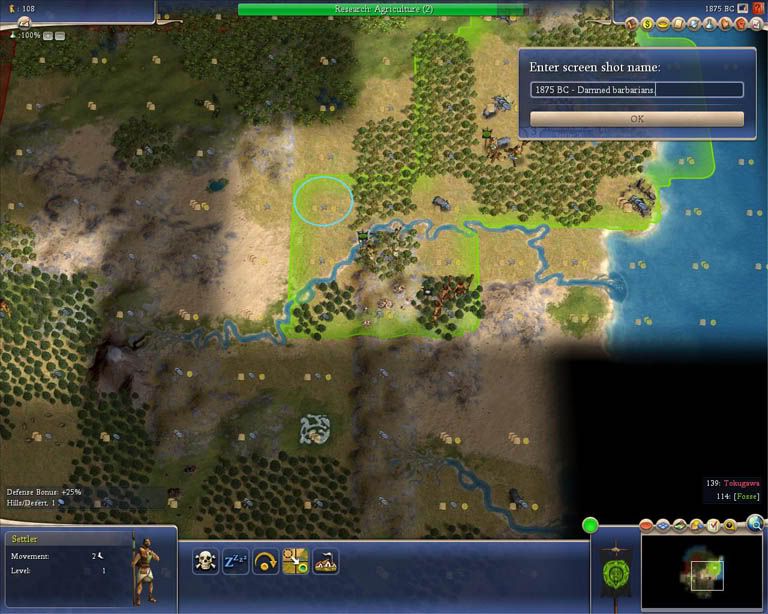

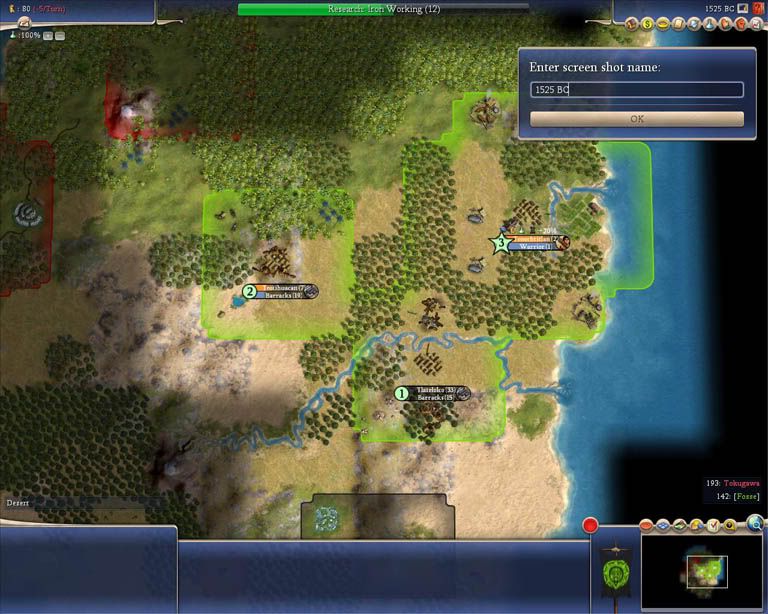

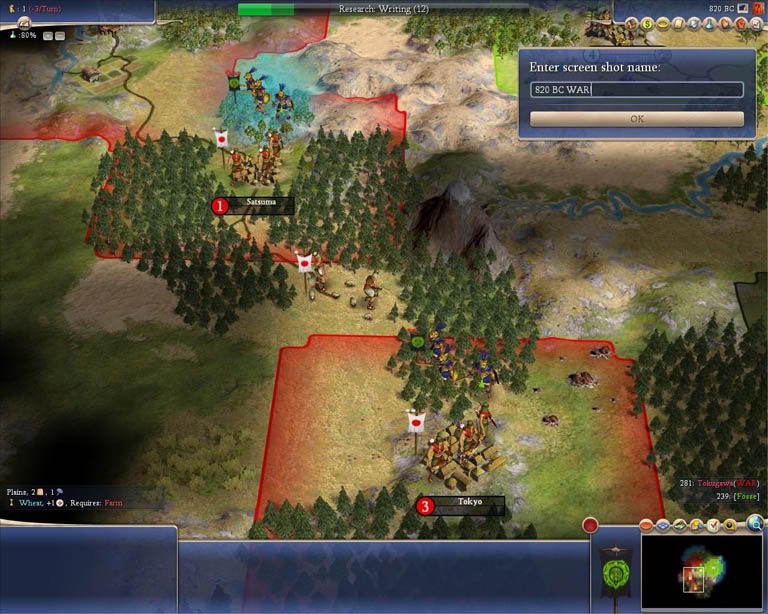

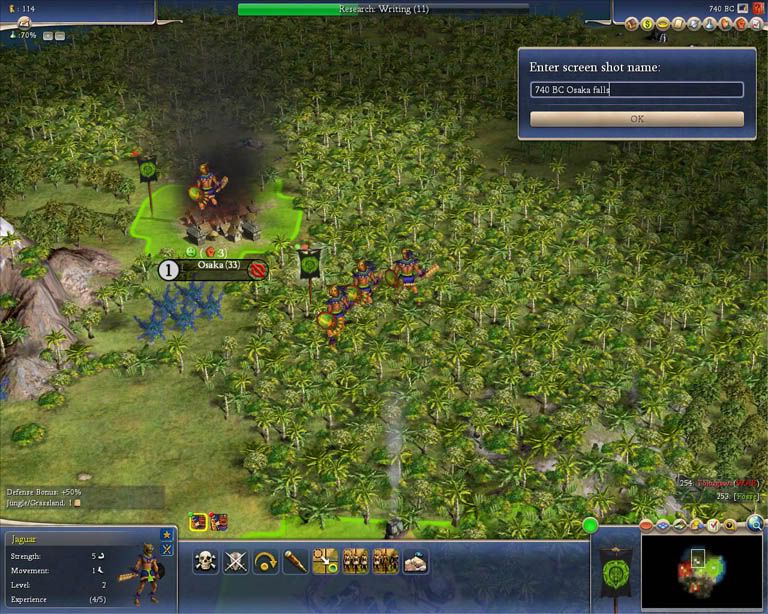
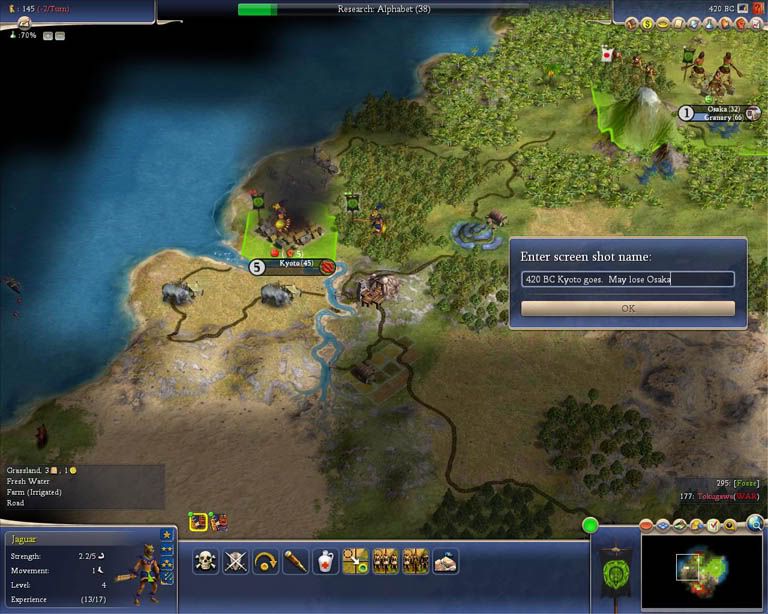
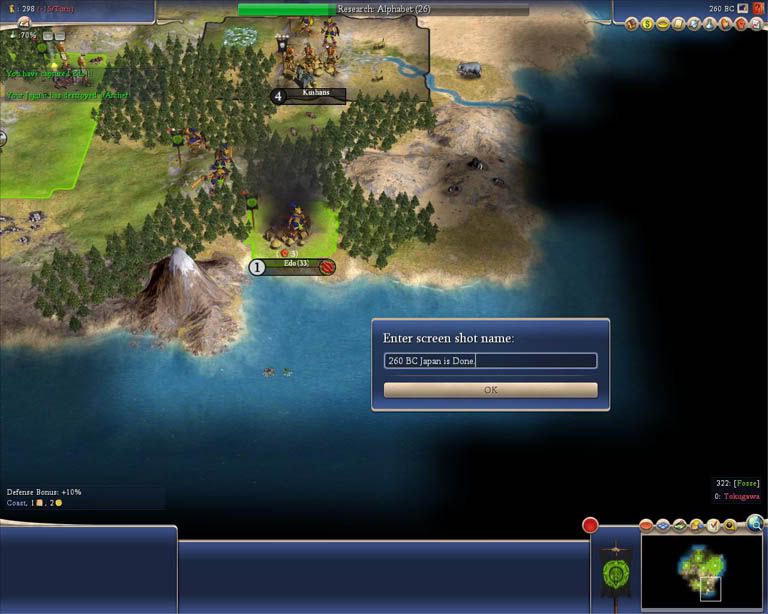
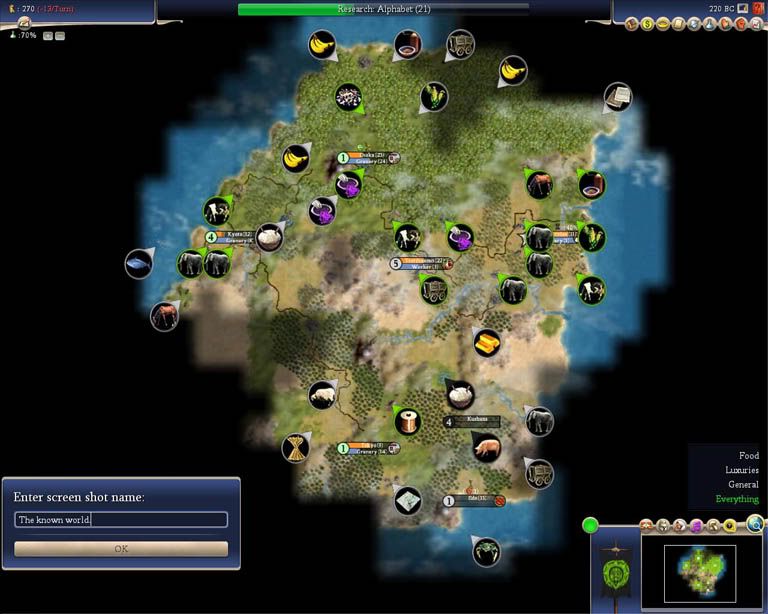
Comment